BOOK KATHERINE TO SPEAK AT YOUR NEXT EVENT
Is Your Child Suffering From Anxiety? Here’s How You Know
September 18, 2022
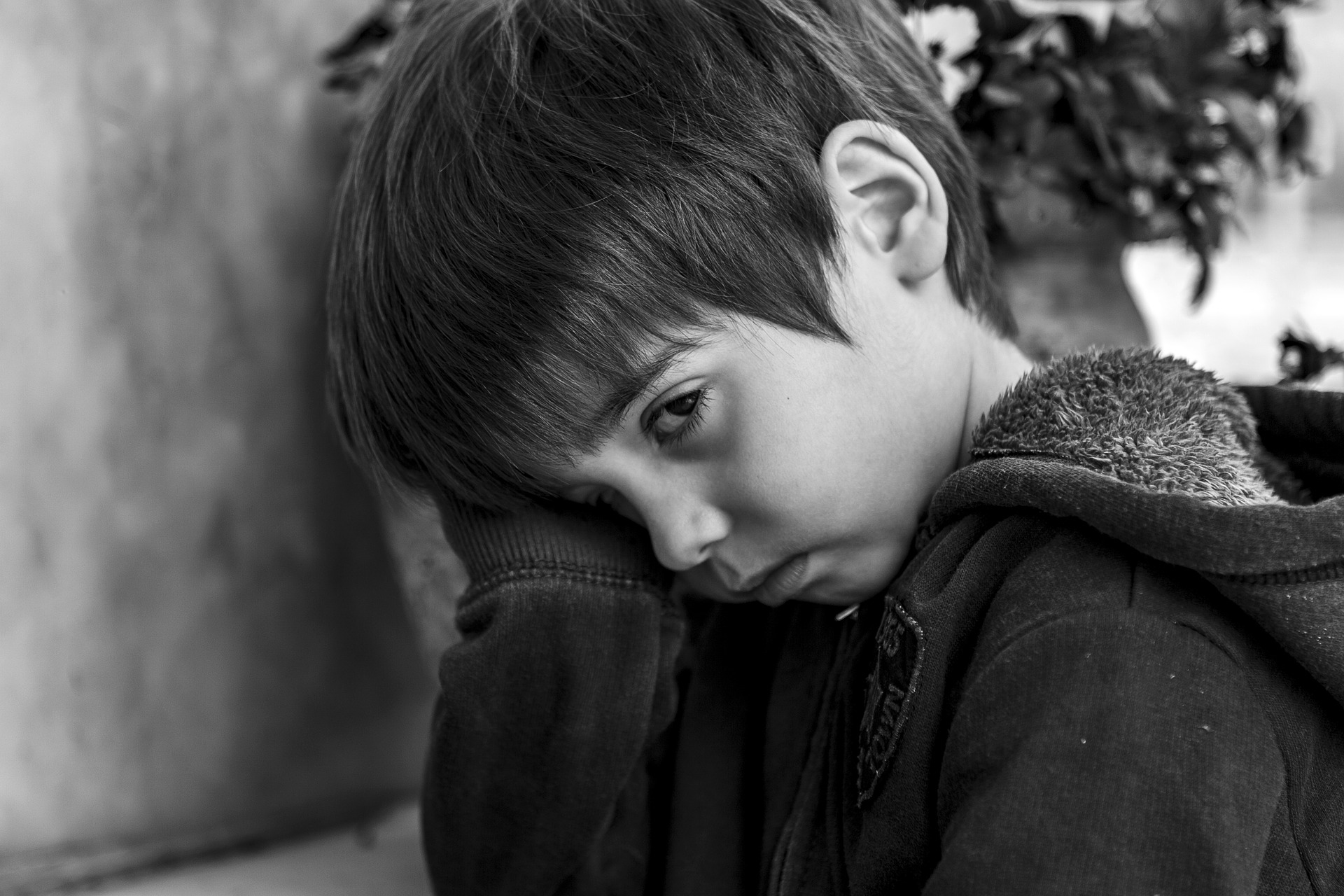
These are worrying times with anxiety all around us. We’re all affected by coronavirus and the Black Lives Matter fight for justice. As parents, we need to recognize how these significant events are manifesting in our children.
Anxiety in young ones was more common than most parents realized before the pandemic. Added to this was the BLM movement’s fight against racism and police brutality against the black community. These are new situations, and it is, without a doubt, a stressful time of transition, in which young people play a significant role.
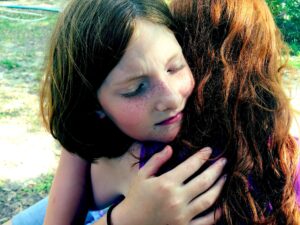
Every child will be dealing with these momentous changes in their own particular way. But as a parent who has concerns about the impact of anxiety and a heightened feeling of worry in your kids, there are signs to look out for.
These include avoiding anything they would usually do for fun, avoiding meals, worrying all the time, and saying how they’re worried day in and day out. Although it may seem obvious if your child is telling you they are worried, often as a parent, you may just not notice they are saying it more frequently. Especially when the whole world around you is saying the same thing.
Other manifestations can include your kids becoming loud and upset, even crying and tearful. They may also say they have headaches, and other aches and pains. But it is also common for kids to become introverted, quiet, and retreat to their bedrooms.
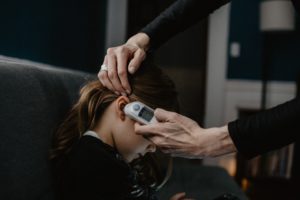
Physical ailments, unexpected headaches, cramps, and stomach pains are all signs that something is wrong. Your kids saying how they are ‘uncomfortable’ in a situation that they would usually be more than happy to take part in is another indication of heightened anxiety. For example, birthday parties and sports events.
Usually, such behavior can be soothed and eased by a parent offering sufficient comfort. Still, if your child’s behavior persists, it is typically a sign of a more severe problem. And of course, if their behavior causes adequate concern, you should always seek professional help.
The kinds of behavior just described can build down to these specific types of anxiety disorders. Before the pandemic and BLM, one in eight children was estimated to display signs of anxiety. This is now likely to be higher. Hence, it is worth you being vigilant.
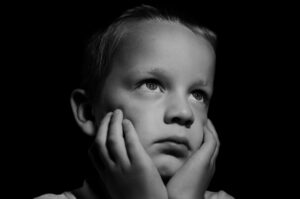
And of course, your young ones are going to have to face all kinds of natural, healthy, stressful situations as part of growing up. The first day at school was their first time away from a caregiver, the first swim, the first bicycle ride, getting lost, and participating in a sports event. These are situations that trigger fear but are also new and important events that you want children to learn and grow from.
Different Types Of Anxiety
Generalized Anxiety Disorder
Signs are excessive, and what a parent would consider unnecessary worry.
Panic Disorder
Regular displays of out-of-character intense fear can also manifest themselves with physical symptoms such as headaches, stomach cramps, shortness of breath, and even dizziness.
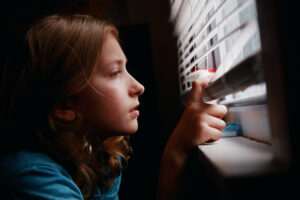
Social Anxiety Disorder
This is when a child deliberately avoids any uncomfortable social situation.
Specific Phobias
This is when a child will express fear and avoidance of a specific object or situation such as a fear of a particular animal, dogs, for example, going on an airplane, or having a check-up with a doctor or dentist.
Separation Anxiety Disorder
When a child becomes upset and distressed before, during, or after being separated from a parent or caregiver.
Panic Attacks
Rare in younger children, but parents should be aware of symptoms, including palpitations, a faster heart rate, sweating and shaking, shortness of breath, and chest pains.
Selective Mutism
When a child refuses to speak to certain people or in certain situations, it usually indicates more than the child is just shy. Such a youngster may start to be anxious when they are about to be in a position where they know they will have to speak.

How To Address Anxiety In Your Kids
If anxiety problems in children aren’t addressed – and they can be – they will snowball into other pressing issues such as socializing with other youngsters and difficulties with schoolwork. But they can be addressed and here’s how to start.
Talking about emotions as part of everyday conversation with kids is a great start. It normalizes putting feelings and thoughts, fears, and hopes into the open, making them easier to be addressed. Similarly, making such feelings like being afraid, feeling helpless, not being in control, also puts them ‘on the table.’
Language should be considered, too. If a child expresses fear at the sudden appearance of an insect or spider or a sudden, unexpected loud noise, really think about the vocabulary used to address it.
Some youngsters fear thunder, others the sound of a hand dryer in a public restroom. Thunder can be explained and taught to be unthreatening, and the mechanics of the hand dryer can be described to explain the noise. The sight of a mouse or even a rat can be described as ‘scientific’ or ‘lucky’ as opposed to ‘scary’ or ‘unexpected.’ If a child copes with such an unexpected situation, their reaction can be called ‘brave’ and ‘thoughtful’ to take the sting out of the experience.
Discussions can also be had with younger kids so that they can begin to think about the differences between thoughts and facts, what seems scary but isn’t and to learn their own power and abilities when coping with Covid-19 and the things they can do to prevent it and also the power they have to contribute to the BLM aims.
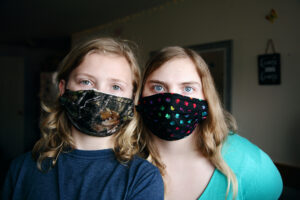
As an adult, share the times you have overcome a fear or anxiety and what you did to achieve it. Those conversations will show that such fears really can be overcome.
Children should be encouraged to participate, too. If a youngster refuses to go to a school friend’s birthday party and mix with other kids, instead of saying, ‘You don’t have to go,’ start by listening to their underlying feelings and needs, empathize, and also open the discussion up to ‘getting bigger than the feelings.’
Turning toward them instantly settles the nervous system. Then, instead of being merged and feeling no space exists, there is a breath. In teaching your children a new inner dialogue they get to “be with” what’s going on inside, not controlled by it.

Also, as a parent, monitor your own anxiety, too. These hugely impactful changes in society are bound to affect you and your child, so keep checking your own wellbeing.
If you liked this blog post, check out this one all about Attachment Parenting And Your Teen.
Leave a Reply Cancel reply
back to top
© 2003 - 2023 KATHERINE WINTER SELLERY | PRIVACY POLICY | PAYMENT TERMS | TERMS OF SERVICE
JOIN MY FACEBOOK COMMUNITY
@Conscious Parenting
Home
About
Speaking
YouTube
Resources
Contact
A 3xTEDx speaker, media contributor, parenting coach, and a mom of two - helping families thrive by using the Guidance Approach to Parenting.
CONTACT NOW